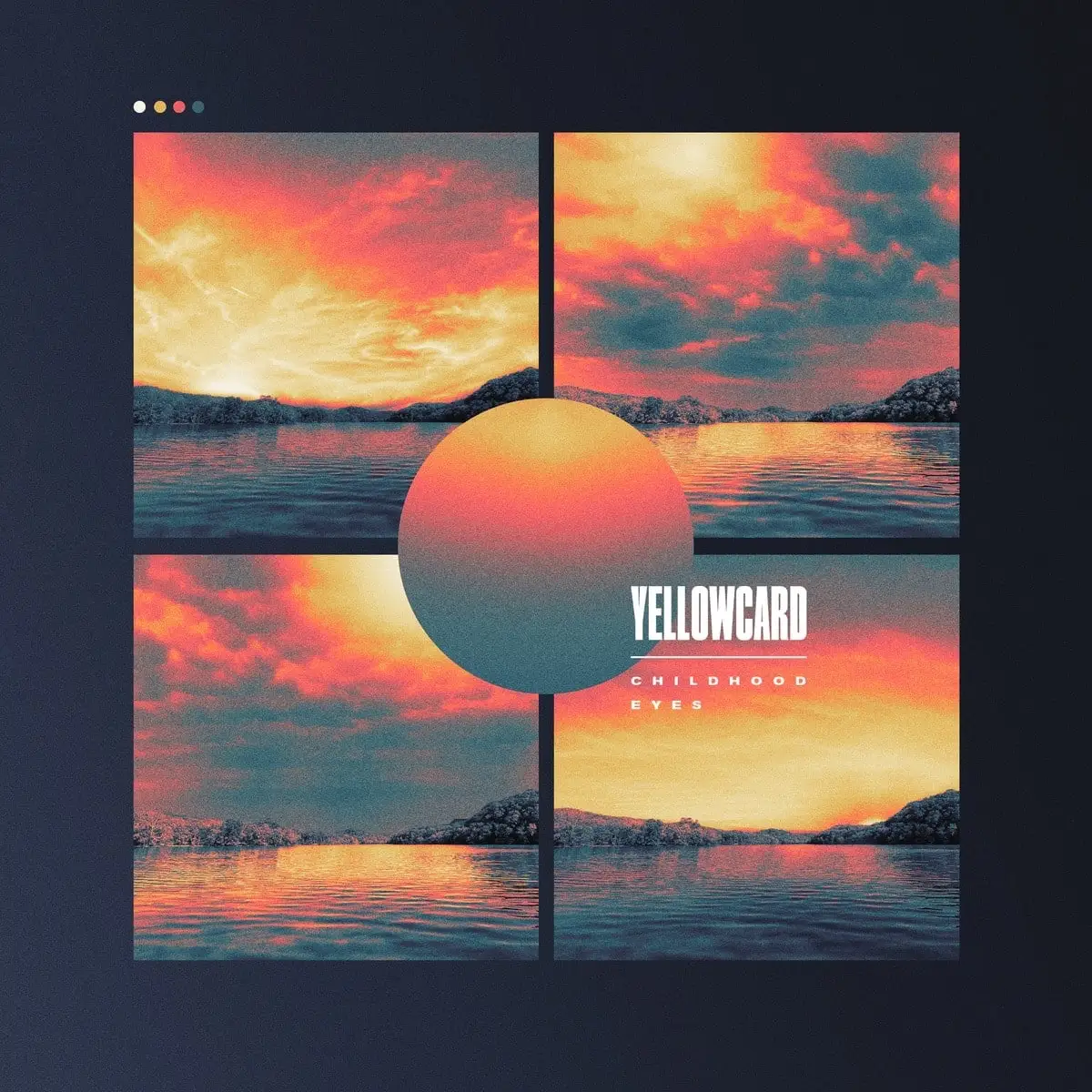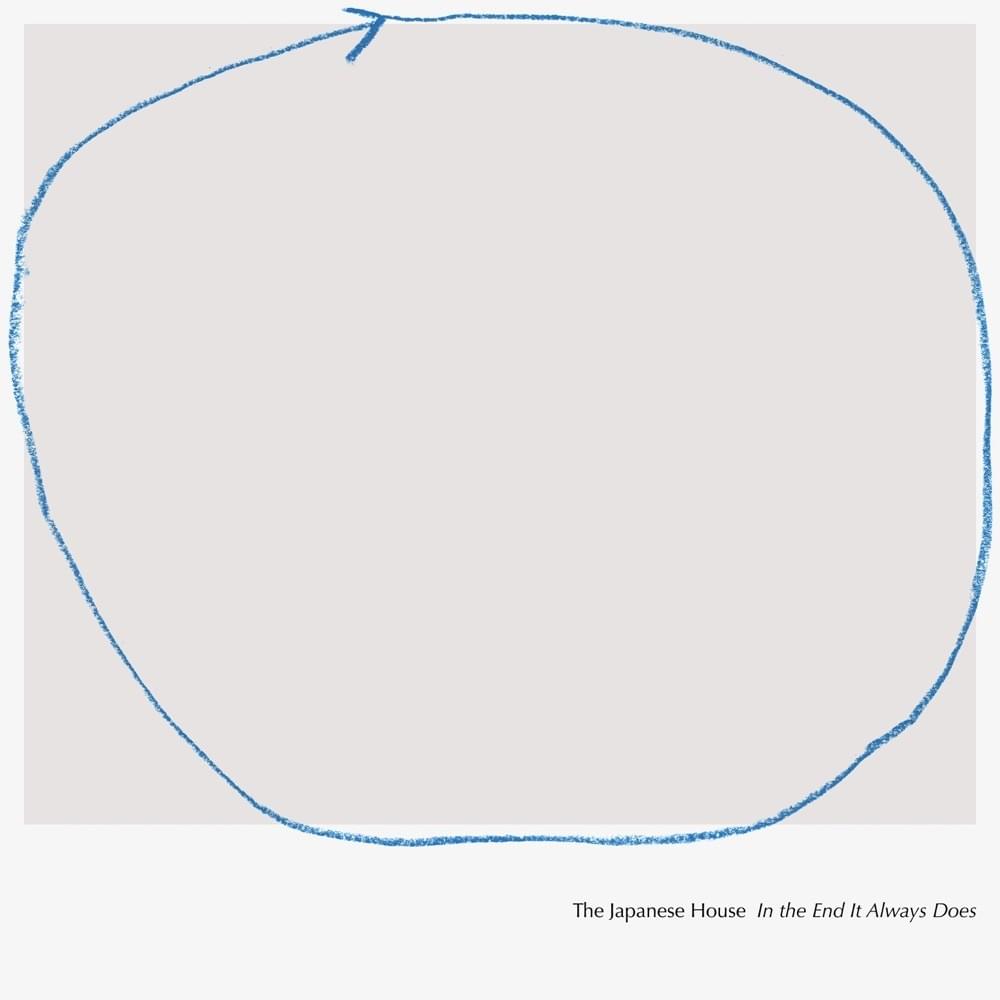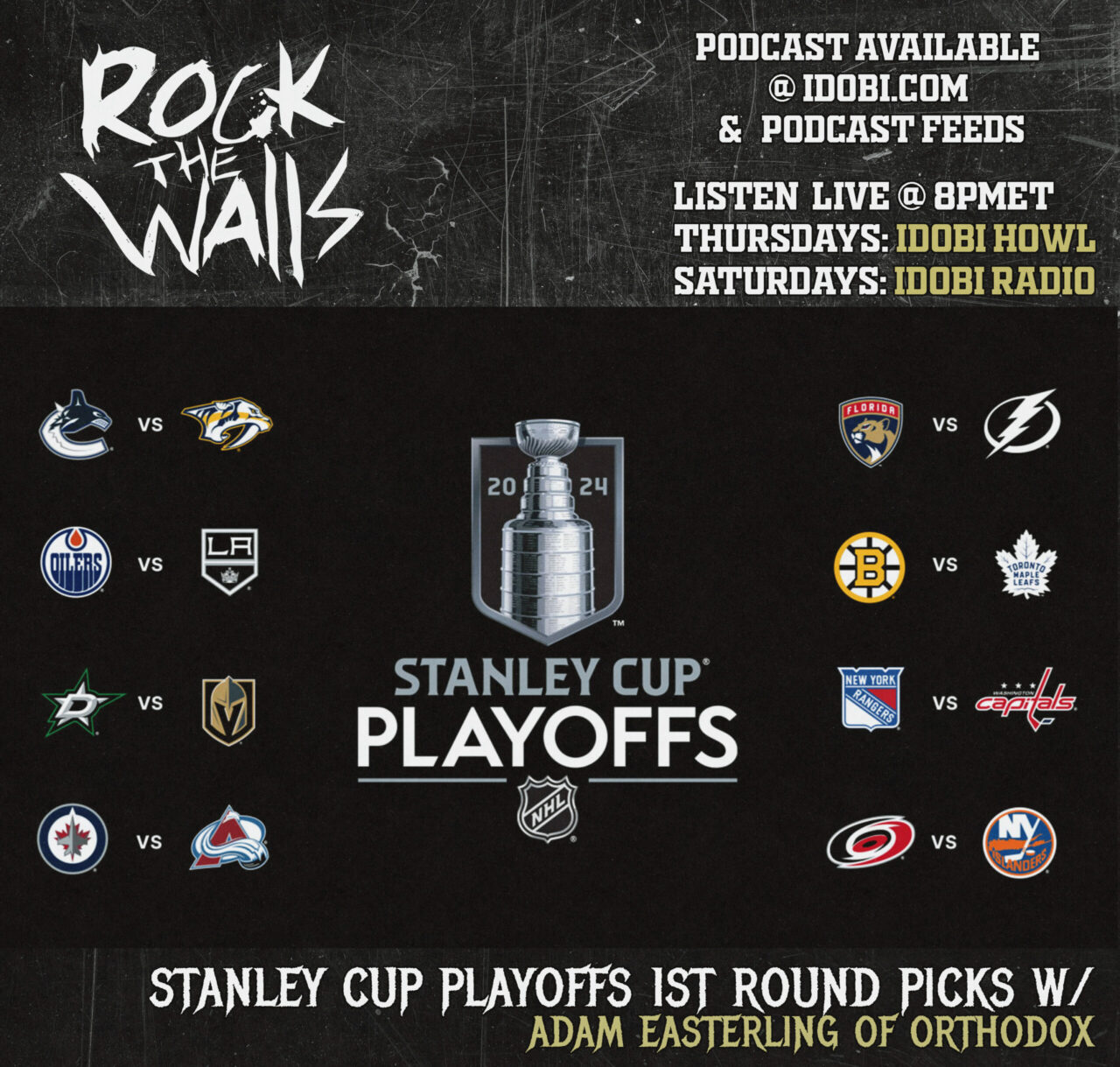If anybody can get Internet music downloads right, it should be Sony Corp. The company has years of experience selling records, consumer electronics and personal computers – and it’s had plenty of time to study earlier digital-music ventures.
So how could the Connect music store, unveiled on Tuesday, have turned out so badly? It gets a few things right, but by forgetting that customers want to feel like they actually own their music, it repeats – or exceeds – the mistakes of other music stores.
Let’s start with compliments: Sony does more than any other service to bring down the cost of listening to digital music on the go.
Connect lets you copy 150 or more purchased tunes – compressed without any obvious loss in quality in Sony’s ATRAC format, short for “Adaptive TRansform Acoustic Coding” – to a data CD that can be read by more than a dozen Sony portable CD players. The cheapest lists for $60, a low price to be able to listen to 12 to 15 albums’ worth of music on a single disc.
This feature has no parallel among competing stores from Apple Computer Inc., Roxio Inc.’s Napster or Wal-Mart Stores Inc., even if it is somewhat incomplete – none of Sony’s car or home stereos support ATRAC discs, nor could I get one such CD to play in Sony’s own software on one test computer.
Connect’s pricing is also fine, at 99 cents a song ($1.99 on longer tracks) and $9.99 an album, and it does allow you to re-download earlier purchases at no extra cost.
But the store’s advertised selection of “more than 500,000” songs is missing a concert stage’s worth of major artists – to name a handful, Missy Elliott, Norah Jones, the Replacements, Liz Phair and Los Lobos. Even some of Sony’s own artists are largely absent: Connect’s Bruce Springsteen collection consists of a measly nine albums, not counting a few re-releases.
The tool you must use to download and manage your purchases, Sony’s Sonic Stage (Windows 98 SE or newer), is a bloated, bug-ridden beast of a program. It ploddingly searches through the store’s catalogue as if it were a card catalogue, while its space-wasting interface requires constant scrolling within its own window. It can’t copy CDs in MP3 format, and it defaults to storing music in an invisible, deeply buried sub-directory.
In addition to ATRAC CDs, its standard choice, Sonic Stage can make standard audio CDs; Connect allows buyers to write, or burn, each song to disc five times in each format. But since this program doesn’t preserve each album’s order, you’ll get scrambled copies unless you know to rearrange an album by track number first.
In addition to allowing you to make audio and data CDs, the Connect service allows you to transfer songs to Sony’s MiniDisc players, its two overpriced flash-memory players and Clie handheld organizers that ship with Sony’s Audio Player program (the TJ37 I reviewed last week did not). The iPod is not supported, nor are other hard drive-based MP3 players.
Connect permits an unlimited number of transfers to portable players – except for songs from Warner Music Group’s labels, which are restricted to three transfers. Ever.
Similar control-freak behavior ensues when you move purchased songs to the other two PCs you’re allotted at any one time: Those copies lose all their transfer and CD-burning permissions. Sony says an upcoming software update will restore transfer rights, but not disc burning, to those copies.
Connect’s Web site (www.connect.com) doesn’t list even the basic outlines of these usage rights, so you’ll have to digest a dense license agreement to learn the ugly details.
This service is an embarrassment to the company that gave the world the Walkman. And it didn’t have to happen this way: To see a different path Sony might have taken, just look at the improvements Apple made to its iTunes Music Store and software on April 28, one year after the store’s debut.
To start, Apple upped the number of computers that purchased songs can be played on at any one time from three to five.
In return, the company cut the number of times you can burn a playlist to an audio CD from 10 to seven, a limit that can no longer be dodged by reshuffling the songs in a playlist.
But this restriction is less drastic than it seems: Each song can still be copied to CD infinitely, and if you copy a maxed-out playlist to another computer, you get another seven chances to burn it to disc. Songs bought before April 28 keep the old 10-CD limit.
The other changes to the store make shopping more interesting. Users can publish their playlists to the store as “iMixes” for others to browse, and a radio-charts interface lets you see what songs are getting airplay across the country, from Abilene to Youngstown (college stations, unfortunately, seem to be absent from this list).
As for iTunes itself, the new 4.5 version (Windows 2000 or newer and Mac OS X 10.1.5 or newer) adds a Party Shuffle feature that automatically builds a playlist based on a few basic criteria, the ability to convert Windows Media Audio files to MP3 or AAC format and an Apple Lossless Encoder option that, like an earlier feature in Microsoft Corp.’s Windows Media Player, can archive CDs at full quality in roughly half the disk space.
This update also finally adds the ability to print CD-case inserts, complete with low-resolution versions of cover art for songs purchased from the store.
Apple’s combination of song and store isn’t ideal – as I’ve complained before, Apple needs to make song files downloaded from its store playable on more than just iPods.
But just compare it with Sony’s Connect: One of these stores has a future, and one of them does not. And the difference comes down to nothing more complex than each company’s willingness to learn from experience and listen to customers.





























